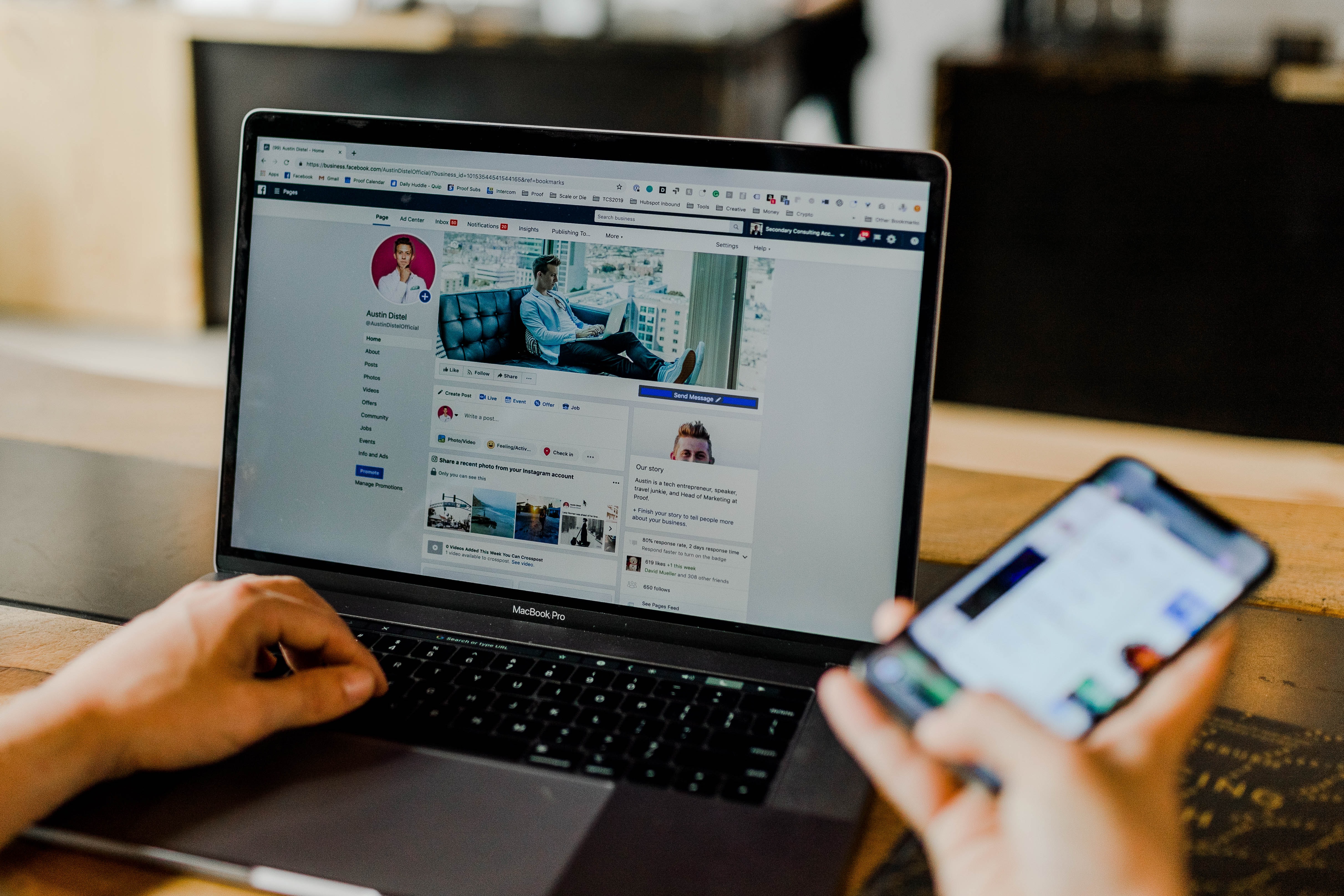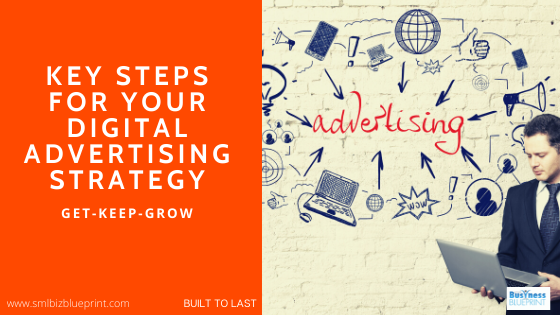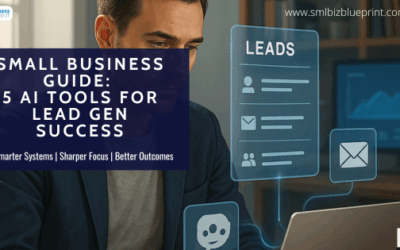Every website wants traffic. It is no different to you having a bricks and mortar store.
No, every website needs traffic. If you have zero traffic then you won’t sell anything. But traffic in itself is not the full answer. You need targeted traffic. Traffic that consists of your ideal clients or customers.
It would be great if you could just open a store (either a physical or digital store and traffic would just rush by your store) BUT like all things it doesn’t work that way.
A website will aim to receive both paid or organic (free) traffic.
Organic traffic is very good.
Which is why most businesses aim for organic traffic first. After all, if you can get a steady flow of free traffic, you’ll pocket the savings.
But as with everything else in life, you get what you pay for.

A good analogy about traffic is to use the comparison of a water hose versus the rain.
Paid traffic is like a water hose. You have complete control over the direction it’s pointed, the amount of water pouring from it, and how long you let the water flow. You can turn it on and off whenever you want.
If you’re getting more traffic than you need, with paid traffic, you can slow the flow. You have control of where it’s going, how fast, and when.
Organic traffic, on the other hand, is more like rain. You aren’t sure when or if it will come, how consistent it will be, nor how long it will last. You have no control.
With organic traffic, you can lose traffic if Google changes their algorithm. If a competitor has a huge launch, you could lose traffic to them. You also have no control over where the traffic goes. Even simple things like changing the URL of your landing page can mess things up.
You can enjoy all the control of paid traffic without it actually costing you anything. You do that by building sales funnels that consist of not only an attractive initial offer but have attractive backend offers. This is how you aim to reimburse your ad spend.
The goal with your strategy is to acquire customers for free, (or as close to free as possible) and then you have upsells, cross sells and other backend products.
These are all designed to have your advertising costs reimbursed,
Then you use nurturing and relationship building to build loyalty and optimize your customers’ lifetime value.
Better still, it’s not an either/or proposition.
The better your paid traffic is, the better your organic traffic will be as well, because good advertising drives traffic and the pages that get lots of traffic tend to rank higher in search engines.
That creates an upward spiral of traffic acquisition. A win-win, if you will.
But it’s important to be realistic. You just can’t run one traffic campaign and expect it to magically deposit a million dollars in your bank account.
If you want a constant flow of leads and customers for your business, you must look at this as a system.
So let’s look at the key steps.

Sources for Paid Traffic
Some of the best platforms for paid traffic are Facebook, Google, YouTube, Pinterest, LinkedIn, and Twitter. instagram
But to know which one is right for you, you need to know where your customers hang out and which ad platforms are suited for the type of marketing you do.
This is important because as we said earlier you want targeted traffic.
In most cases, you’ll probably start with Facebook and Google. According to Business Insider, these two sites drive 80% of referral traffic, more than all the other platforms combined.
Facebook and Google are your top sources for paid traffic But again, it depends on what you’re trying to do.
Google Is Like the Yellow Pages Because Google is a search engine, people start there when they’re looking for information. So it’s a lot like the Yellow Pages.
To drive traffic through Google, you’ll bid on keywords that will help people find you and can lead to an ideal sales conversation.
Facebook Is Like a Billboard Scrolling through your Facebook newsfeed is a bit like driving down the highway. As you scroll, you see ads, promoted posts, as well as random comments.
And if you, as a business, are willing to pay, your message will also appear in the newsfeed of your target audience.
With Facebook, you can spend as little as you want and still expand your reach.
Because it’s a social platform, and because they collect data on our behavior every day, they know a lot about us. All that data makes them the most powerful ad platform available today.
Target your ads precisely enough, and you’re sure to get the right eyeballs on your message.
YouTube Is Like Television YouTube’s top metric is the number of minutes watched. Their goal is to keep you on the site consuming videos, so they operate a lot like traditional television, playing ads in the videos, interrupting people’s viewing.
Disruptive, yes, but with YouTube, your ads are always relevant.
That’s because you can target your ads based on the YouTube channels your audience likes, the types of videos they watch, and what they’re searching for.

Two Concepts for Evaluating Your Target Audience
How do you know the type of ads you should be running and how to precisely target those ads?
It comes down to 2 foundational concepts: the customer journey and traffic “temperature.”
Concept 1: The Customer Journey
The Customer Value Journey, remember, is the path people follow as they build relationships with your business, from first touch to final sale.
The 3 stages of the Customer Journey are:
Awareness. This is the top of the funnel, when new prospects first discover your brand exists and that you can help them solve their problems.
Evaluation. This is the middle of the funnel, when prospects are seriously considering making a purchase. Their biggest question is whether you’re the best source.
Conversion. This is the bottom of the funnel, where people take action and buy something from you.
Concept 2: Traffic Temperature
At each stage of the Customer Journey, your audience has a different relationship with you.
At the top of the funnel, they barely know you and may not even know what you do. But as they move through the funnel, they learn more about you and become more committed and loyal.
You might say, they “warm up to you.” Which is why we refer to this deepening relationship as “traffic temperature.”
Traffic comes in 3 distinct “temperatures,” and each aligns with a different stage of the Customer Journey.
Cold Traffic. Generally, this is new traffic from people who are in the Awareness stage. These people are good prospects for your business but have never heard of you or your brand.
Your goal with cold traffic is indoctrination. You want to introduce your business to new audiences and get them coming back for more.
Warm Traffic. Warm traffic comes from people who know who you are but haven’t bought anything yet. It aligns with the Evaluation stage.
Your goal with warm traffic is acquisition, to convert a site visitor into a lead.
Hot Traffic. Hot traffic comes from people who are at the Conversion stage. These are your buyers, people who are ready to buy or have already bought something from you.
Your goal with hot traffic is monetization, to sell a high-dollar product to your best customers.
Ultimately, your goal is to move people from cold to hot, transforming new leads into loyal customers, willing to buy from you over and over again.
You do that by matching your message to a prospect’s temperature.
With cold traffic, you don’t necessarily offer a sale. You’ll spend more time building relationships. Whereas with hot traffic, the relationship is secure. You speak more as a friend, and you make offers based on the topics you know they’re interested in.
Believe it or not, these 2 concepts alone will massively improve your ability to create successful traffic campaigns.
Simply relating to people based on their temperature, you’ll build trust and engagement.

The 5 Elements of a High-Performing Campaign
Every ad campaign is made up of 5 key elements: the offer itself, the ad’s copy and design (which we call the “creative”), the ad scent (the cohesive look and feel of your overall campaign), and the targeting, or who you pitch your offer to.
1. Your Offer
Your offer is not the same thing as your product or service. Your business is built around a product; your ad campaign is built around an offer.
2. Your Copy
Your ad copy refers to the messaging you use in your ad campaign. It should be clear and compelling, so the benefits stand out both the benefits of engaging with the ad and of taking whatever action you’re asking for.
Good copy has a strong emotional hook. It’s intriguing and persuasive without relying on hype.
Generally, you want to start your ad by speaking to a pain point your target is dealing with. Then your offer should be presented as the solution.
3. The Creative
Creative refers to the graphic elements of your ad: the image, video, or carousel images.
4. Ad Congruence
Congruence is having a common feel or “sameness,” throughout your campaign.
Why is this important?
Because trust is a huge conversion factor. If people feel comfortable that your offer is valid, they’ll seriously consider your offer. Do anything to create doubt or fear, and they’ll exit without taking action.
5. Targeting
The final element in a high-performing ad campaign is targeting, and it’s important because even a great offer won’t convert if you put it in front of the wrong audience.
Follow 2 rules of thumb when planning your targeting.
First, be as specific as possible.
Specificity has to do with research. When planning your targeting, learn as much as possible about your target audience. You want to know your target audience so well, you can single out specific interests that this group has but no one else would have.
Second, get the message right for your target temperature.
Temperature, as we talked about earlier, has to do with matching your message to the level of relationship you have with your target audience.

Creating an Ad Campaign
How do you put all these concepts and elements together to create a successful ad campaign?
The secret is to create everything in advance, all the copy, creative, and targeting before trying to set up your campaigns. The idea is to create precisely targeted ads that speak directed to your target audience
Here are the 7 steps you’ll go through to plan, implement, and scale your campaign.
Step 1: Identify your avatars
An avatar is a profile for one type of person who’d be interested in your offer (example: entrepreneur, stay-at-home mom, consultant). The avatars for your campaign may be different from the avatars for your business, and that’s okay.
Step 2: Identify the hooks
What’s most appealing about your offer? Each benefit or outcome of your offer can be turned into a hook to grab the attention of your audience.
Step 3: Create your ad copy
You need segmented messaging for every cell in your spreadsheet, each targeting one hook and avatar.
Step 4: Avatar Research
Once your copy is written, it’s time to research your avatars to identify the interest groups you’ll use in your ads.
Step 5: Create or Outsource Ad Creatives
Your creative is the visual element you’ll use in each ad. At a minimum, you need one creative for each hook.
Step 6: Set up your ads and compile your results
At this point, you have all the assets you need for your ad campaigns. It’s time to set up your ads.
Then turn your ads on and run them for about a week. Once you start getting results, you can begin gathering your metrics.
Your best success metric depends on the purpose of your campaign and the temperature you’re targeting
Step 7: Scale
Scaling is about figuring out what’s working, what’s not, and how you can get bigger, better results.
There are 2 ways to scale a campaign:
Horizontally: If your results for an avatar are better than average, buy traffic in on other ad platforms to boost your visibility to that group of people.
Vertically: If a specific hook or avatar is working especially well, create more ad sets to that group on the same platform.
These key steps will give you the foundation for building your digital advertising strategy.




